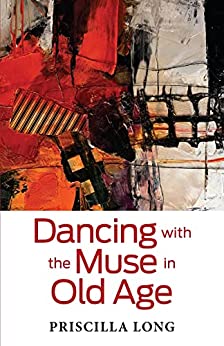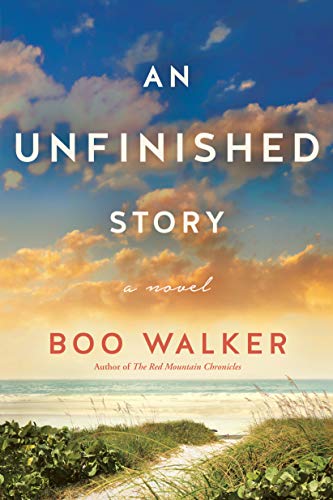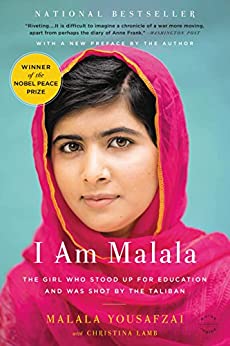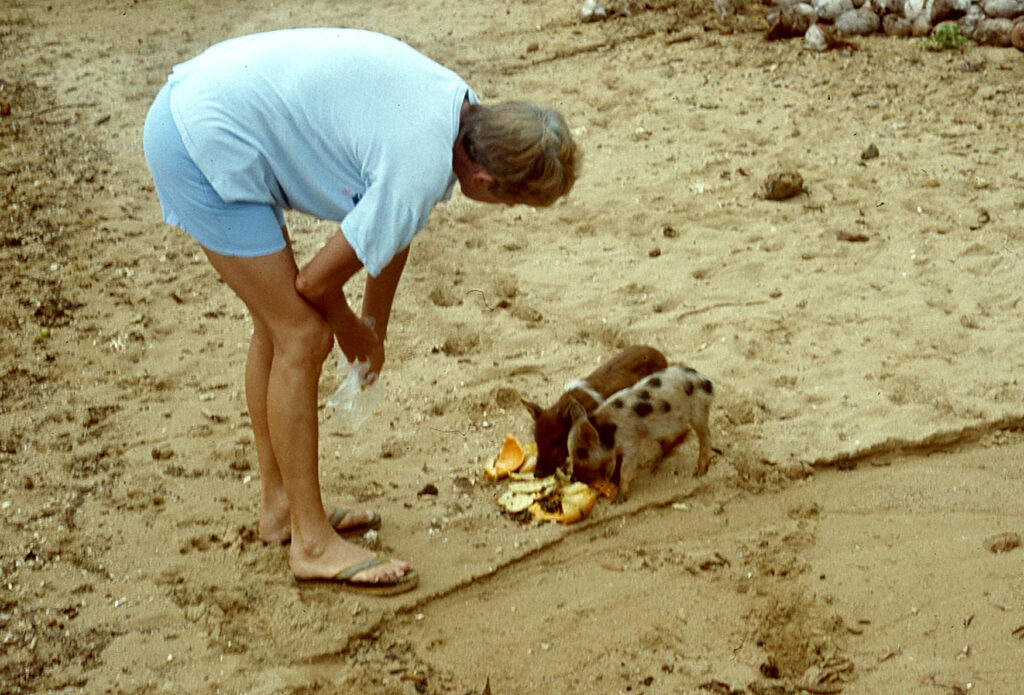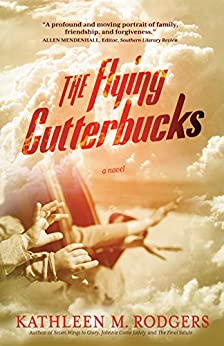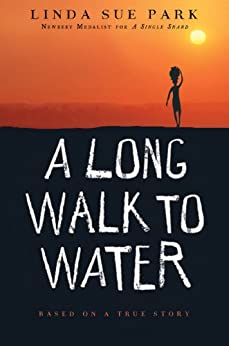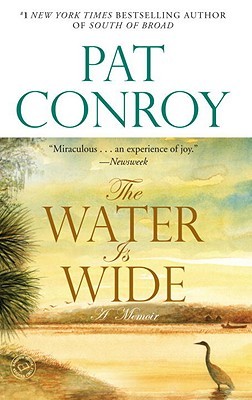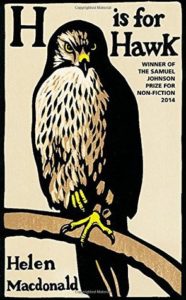Dancing with the Muse in Old Age by Priscilla Long is an inspirational guide to thriving in old age. The author, a senior, discusses the potential of being happy, creative and productive in life’s later years.
The author gives example after example of elders who have accomplished remarkable achievements after reaching their senior years. Some continued with activities of their younger years; some found new interests in which they excelled, or at least found contentment.
Active seniors report that accomplishments started and completed bring satisfaction and a profound sense of well-being. Among the important lessons of the book is keep at it, keep learning, keep stimulating the brain. She quotes Mary Kay Ash (1918 – 2001): “If you think you can, you can. If you think you can’t, you’re right.” No matter your age, it’s important to continue to learn. Like any part of the body, the brain demands that you “use it or lose it.”
Many elders find satisfaction in giving back to society by volunteering, donating time for the benefit of others—teaching children to read, sewing, quilting, knitting, making wooden toys. Seniors do it for the joy of giving, of making a difference. Elders often have the time to go slower, to enjoy the process of finishing what they’ve started. Finishing itself is a skill and brings a sense of accomplishment. The author gives many examples of artists and musicians who benefitted from elders’ knowledge and expertise.
Dancing with the Muse in Old Age is loaded with profound thoughts. Priscilla Long provides evidence that meaningful activities increase the possibility of experiencing deeply satisfying old age.


